Basic Photography Tips for Beginners
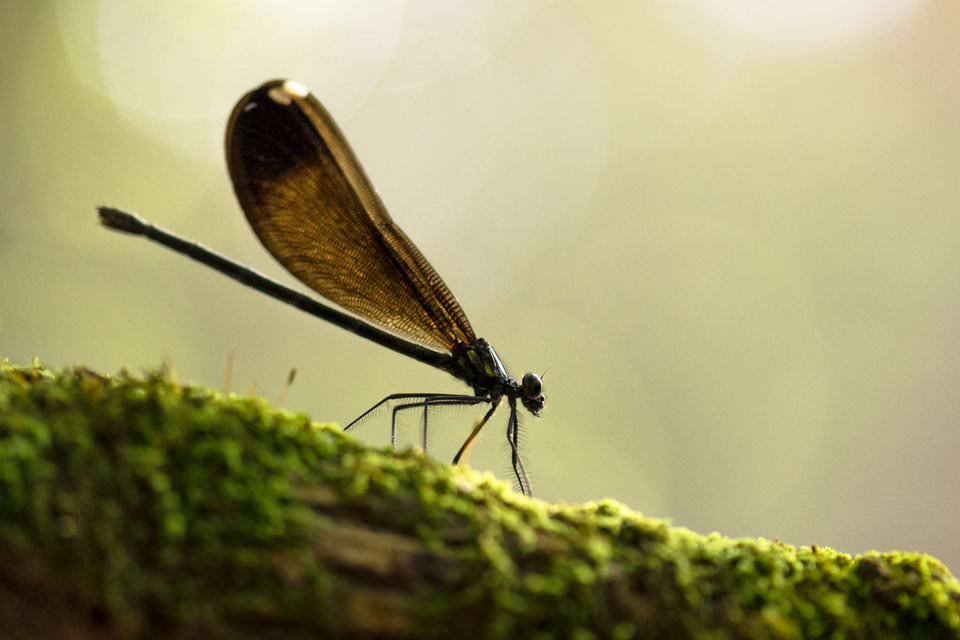
Pay Attention to the Light
Probably the single most important part of photography is light. If you take a photo with good light, you’ve taken a huge step toward getting a good picture. But what counts as good light? It’s not all about sunsets.
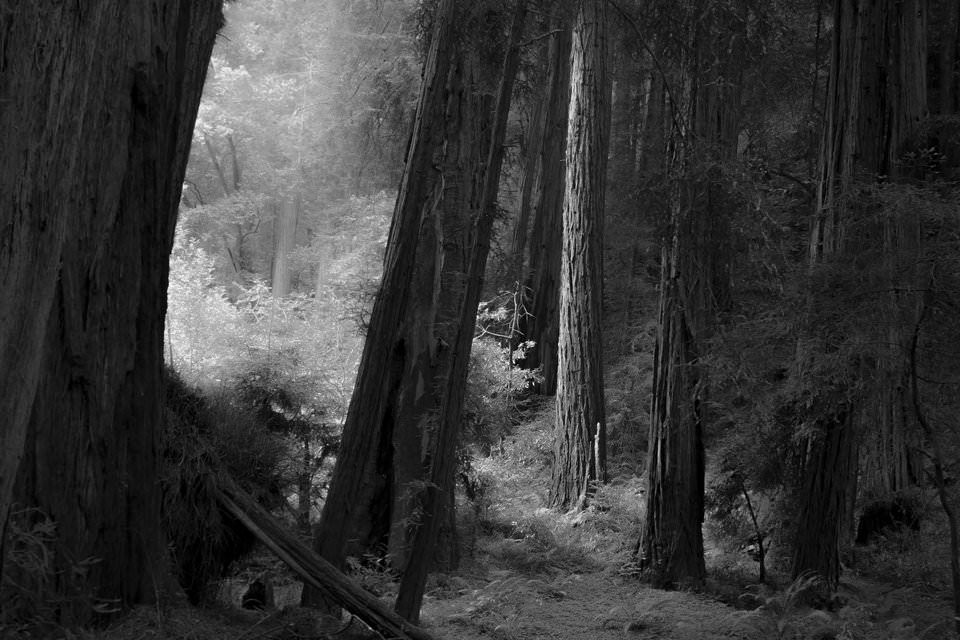
Take Your Time
It’s easy to make mistakes in photography if you aren’t careful. The best way around this is to slow down and take your time whenever possible, particularly when you are first beginning to learn photography.

Know When to Use a Flash
Flashes aren’t just meant for dark environments. Don’t get me wrong – they’re great if you need some extra light. Get an external flash, tilt it at the ceiling, and use a relatively long lens (50mm or longer). Everyone you know will be amazed at the quality of your event photos.
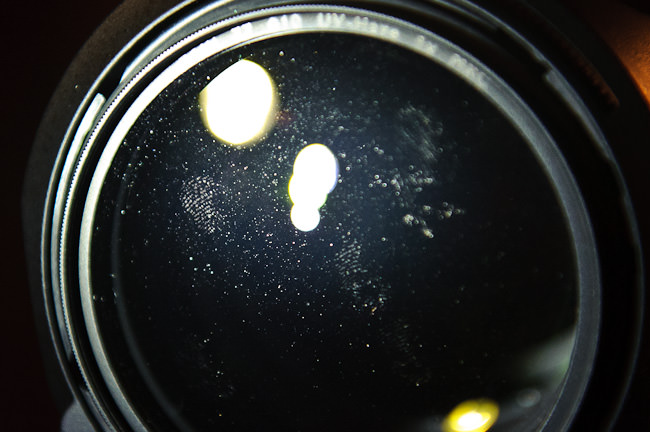
Clean Your Camera Lens
I’ve seen too many people walking around with the front element of their camera lens dirty, dusty, and smudged. That’s the easiest way to get blurry photos 100% of the time. Of course, a little bit of dust won’t do any harm; it won’t even be visible in an image.
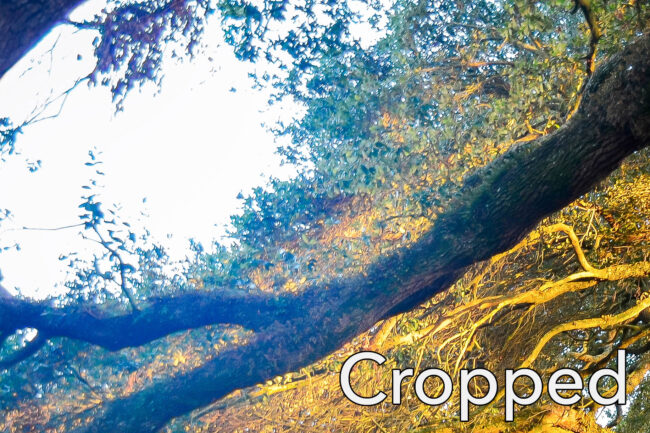
Don’t Use a Cheap Filter
The second easiest way to get blurry photos 100% of the time is to use a cheap filter on the front of your lens. Inexpensive filters are usually built to a lower quality standard than more expensive ones, and so they often have more undesirable effects. Low-quality filters are more likely to cause problems like lens flare, distortion, unwanted color cast, and vignetting.
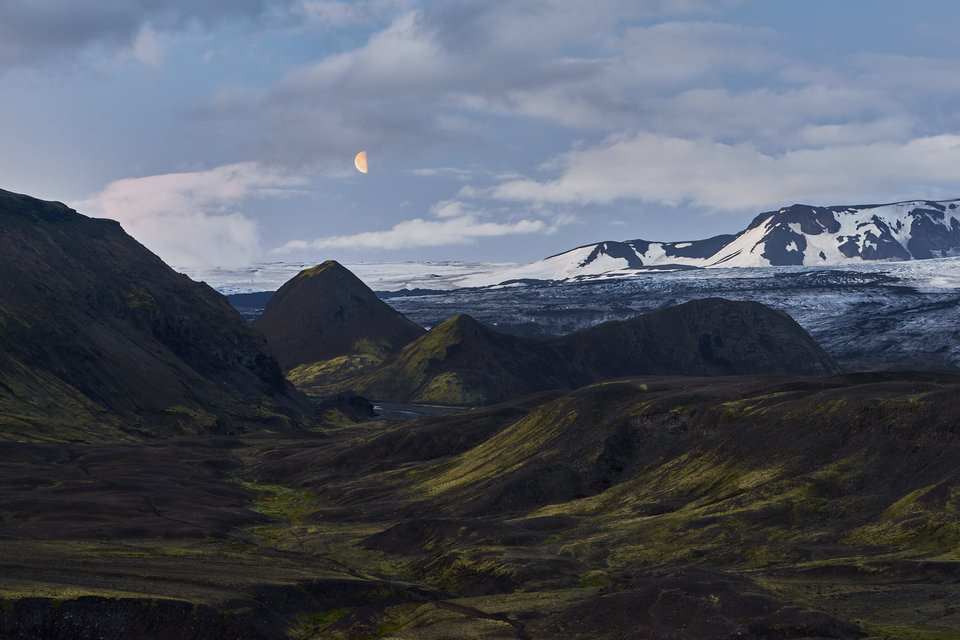
Learn Basic Post-Processing
Post-processing isn’t very high on the typical photographer’s priority list, but it probably should be. Sometimes, with the right post-processing, a good photo can turn into something truly exceptional. Post-processing is about imparting a mood and guiding your viewer’s eye in an image. You’ll get better and better at this over time. My top recommendation? Be subtle. You don’t want your photos to look over-processed.
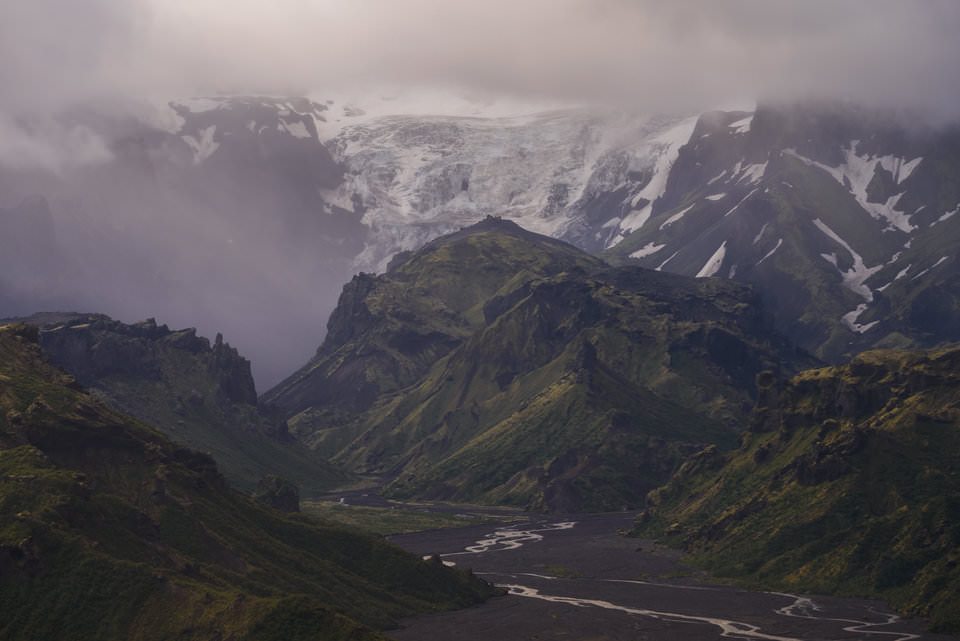
Fix Your Weak Points
Don’t work around your weak points. Fix them. The best way to improve your photos is to analyze what you don’t yet understand, then spend the necessary time to learn it. This applies most of all to beginner photographers, who naturally have the most to learn, but even experts would do well to follow this advice.
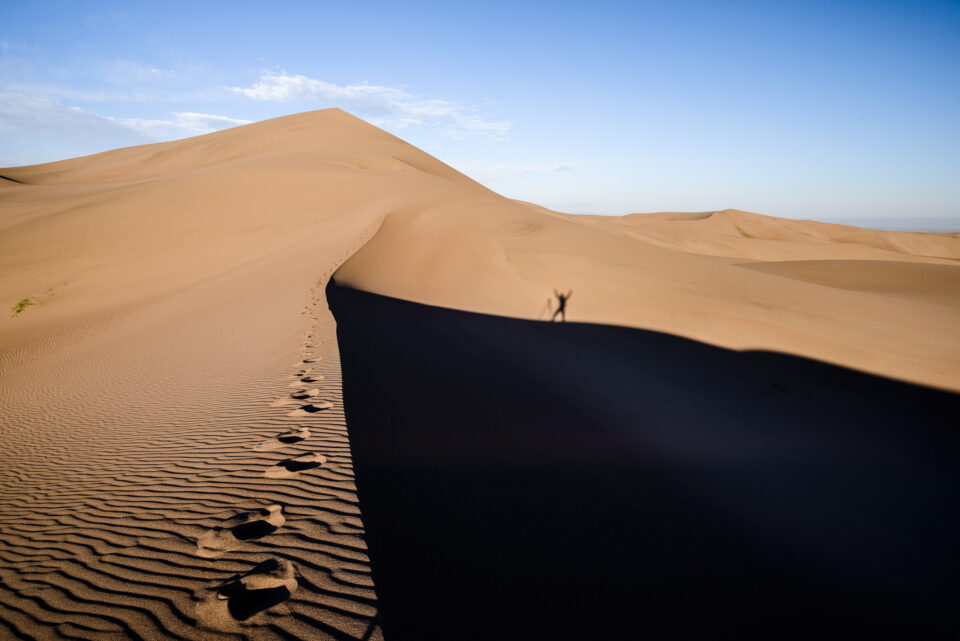
Shoot a Lot and Experiment!
Practice, practice, practice. It’s a tip that will get you ahead in any skill, not just photography. Cameras are complicated. So is post-processing software, and so is (maybe especially) the creative side of photography. The more you experiment, and the more photos you take, the better your photos will be. It’s not just about the quality, either – it’s also about quantity.